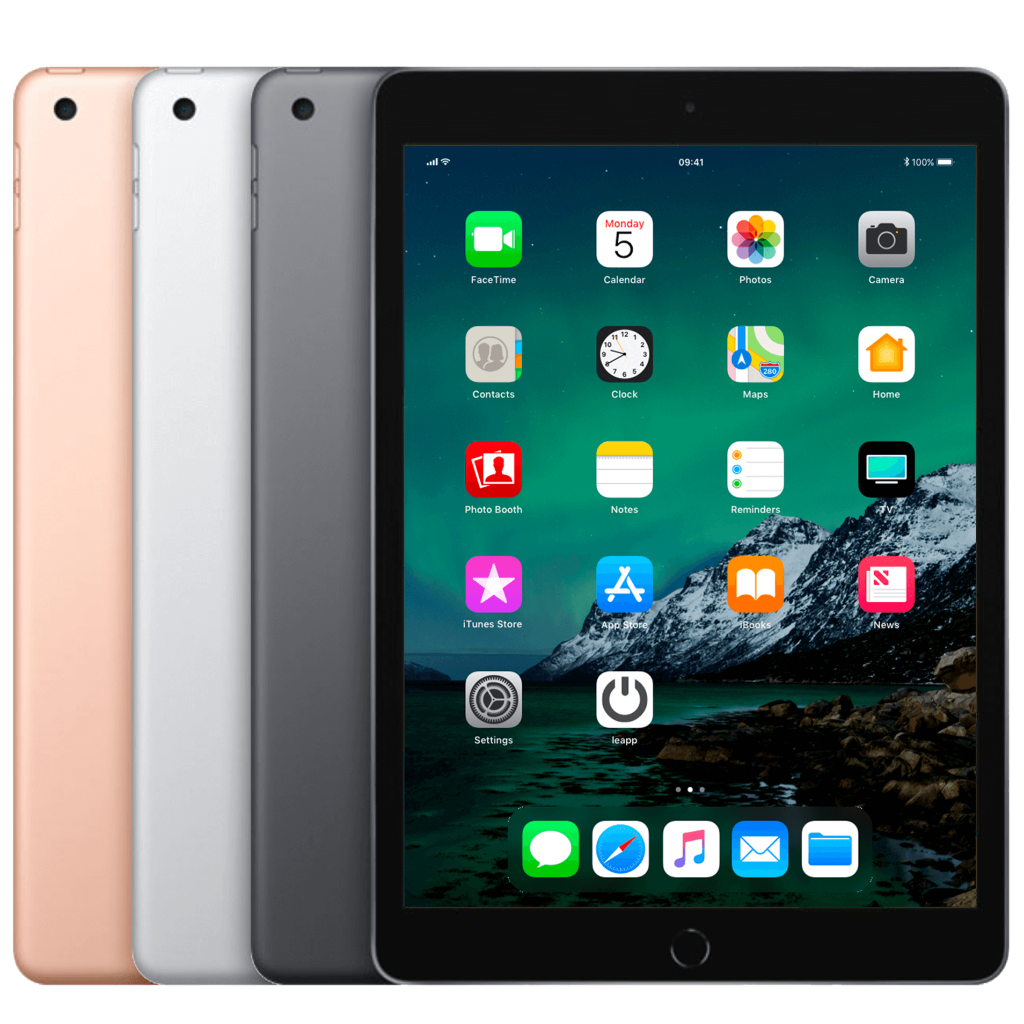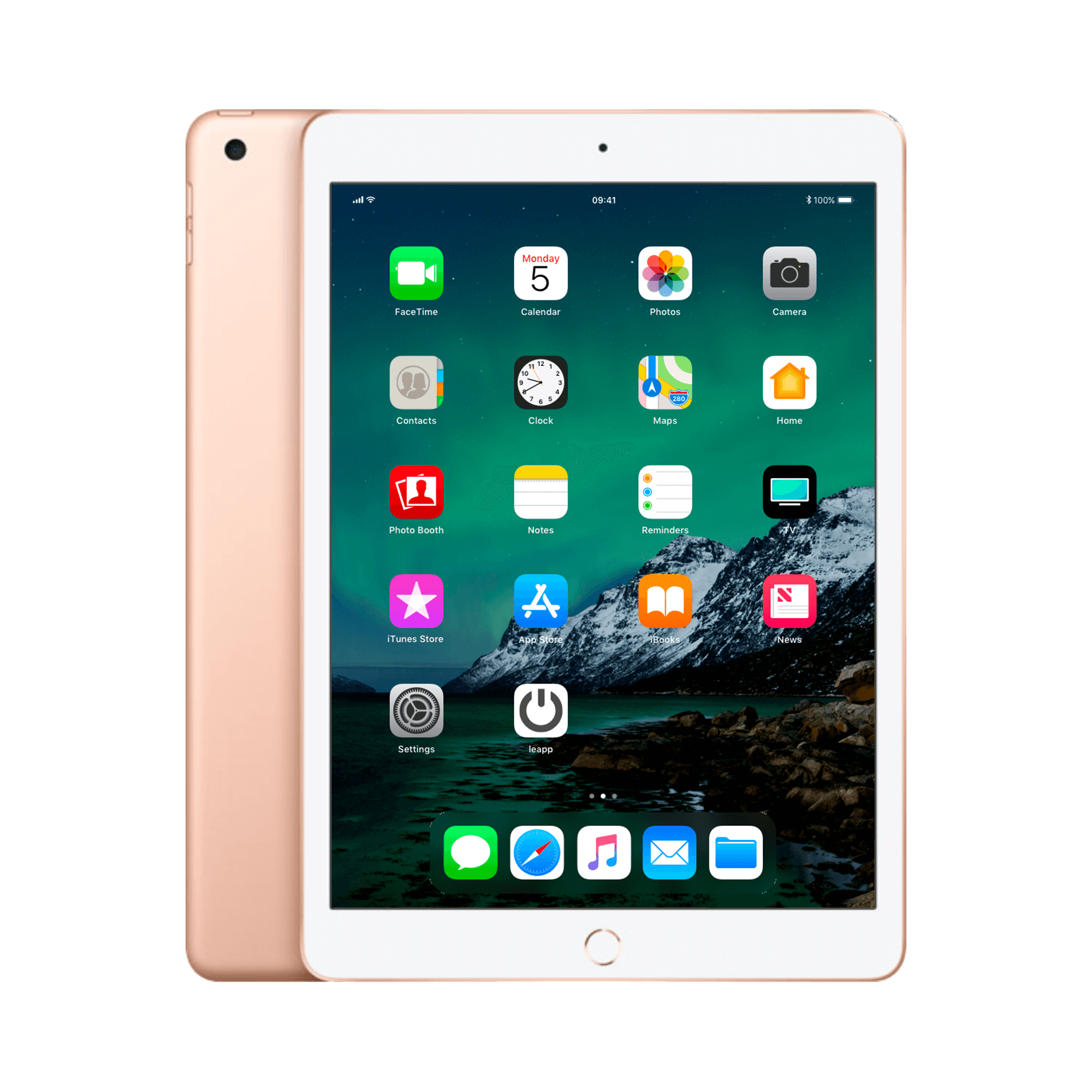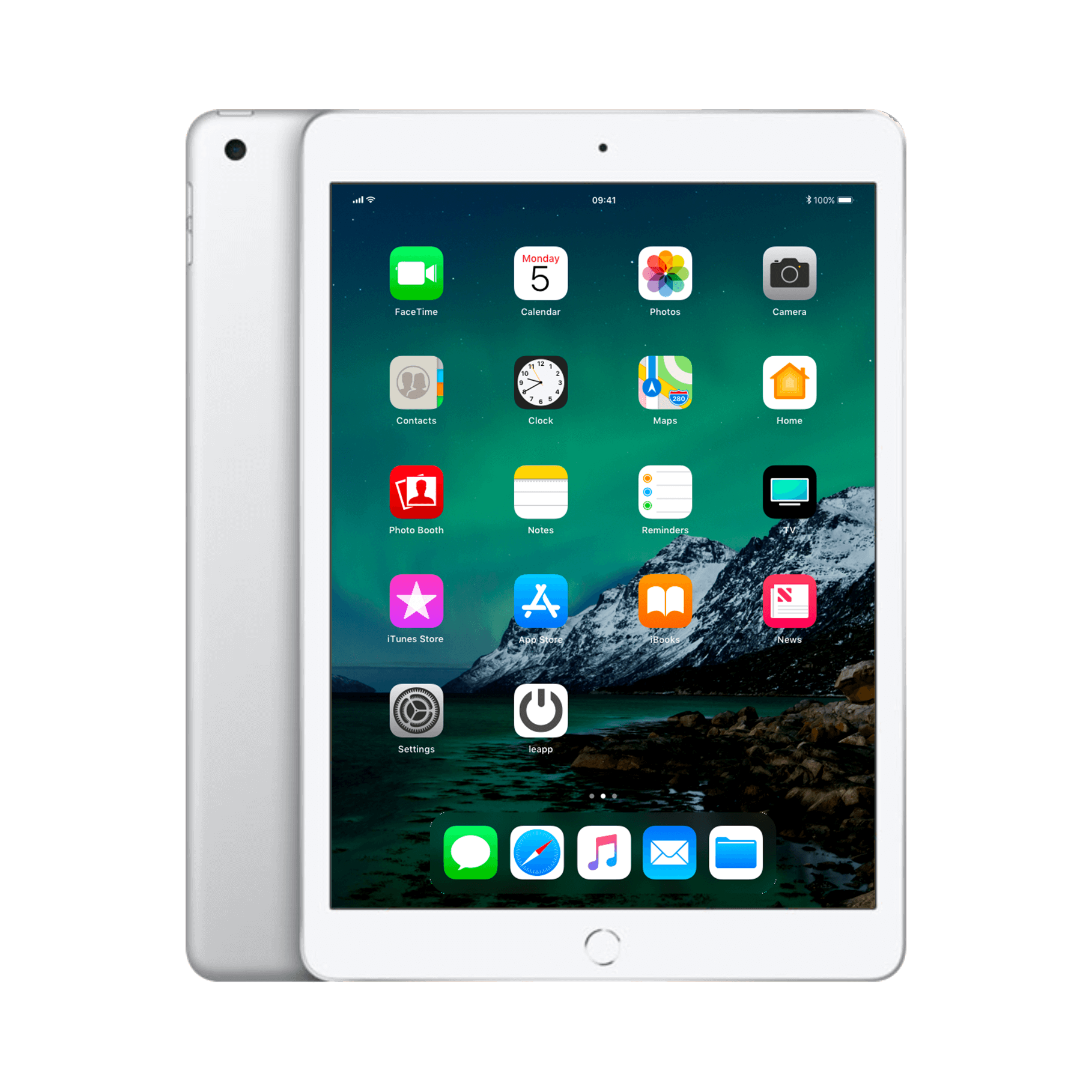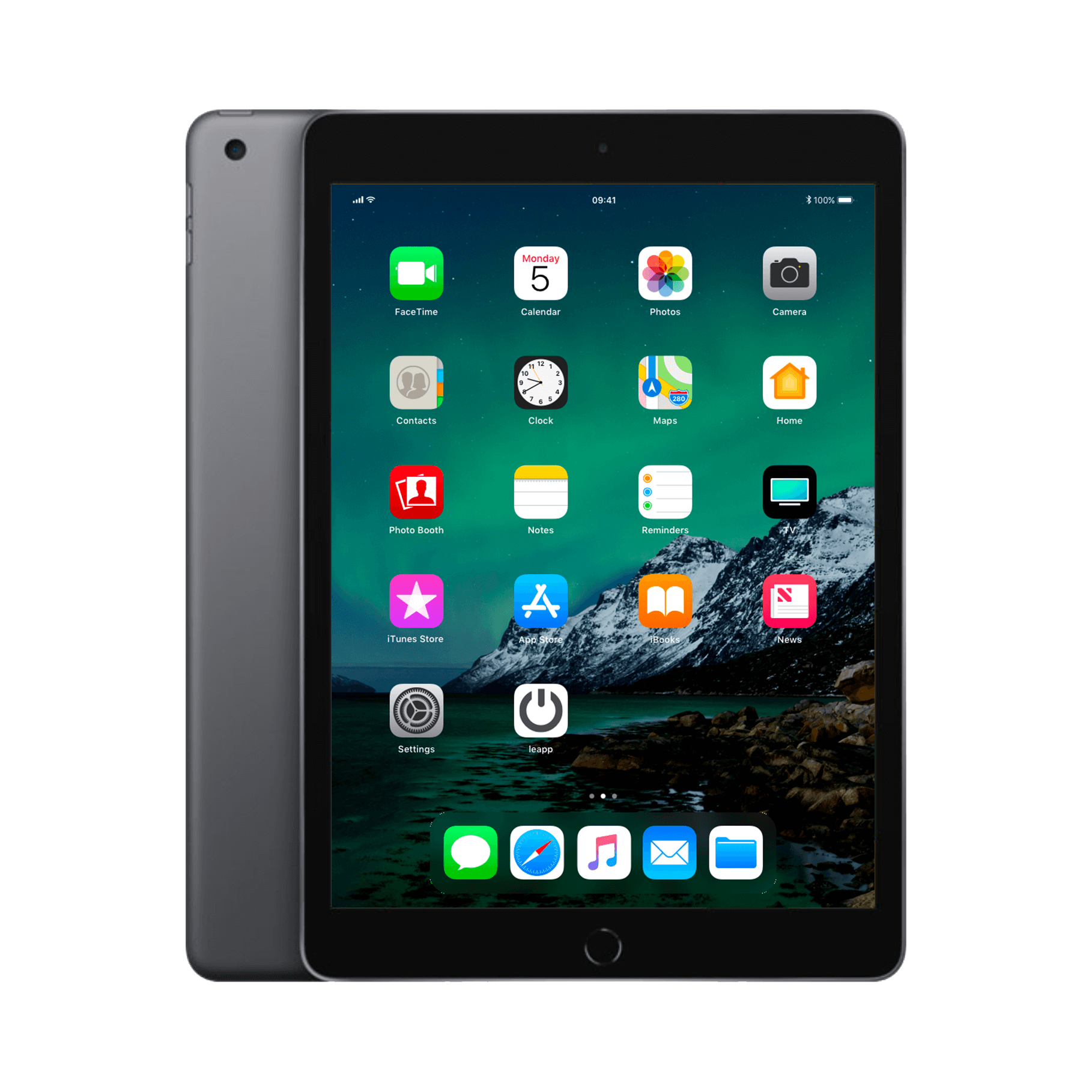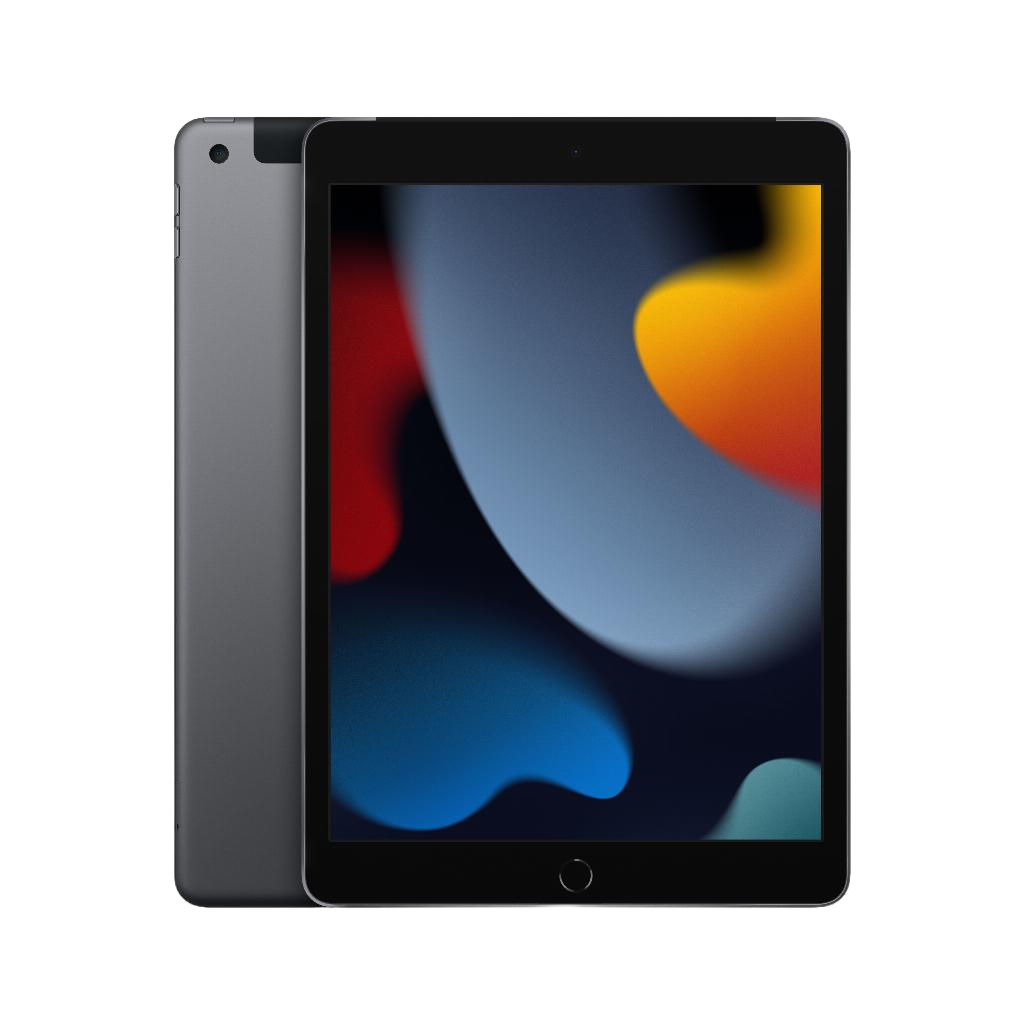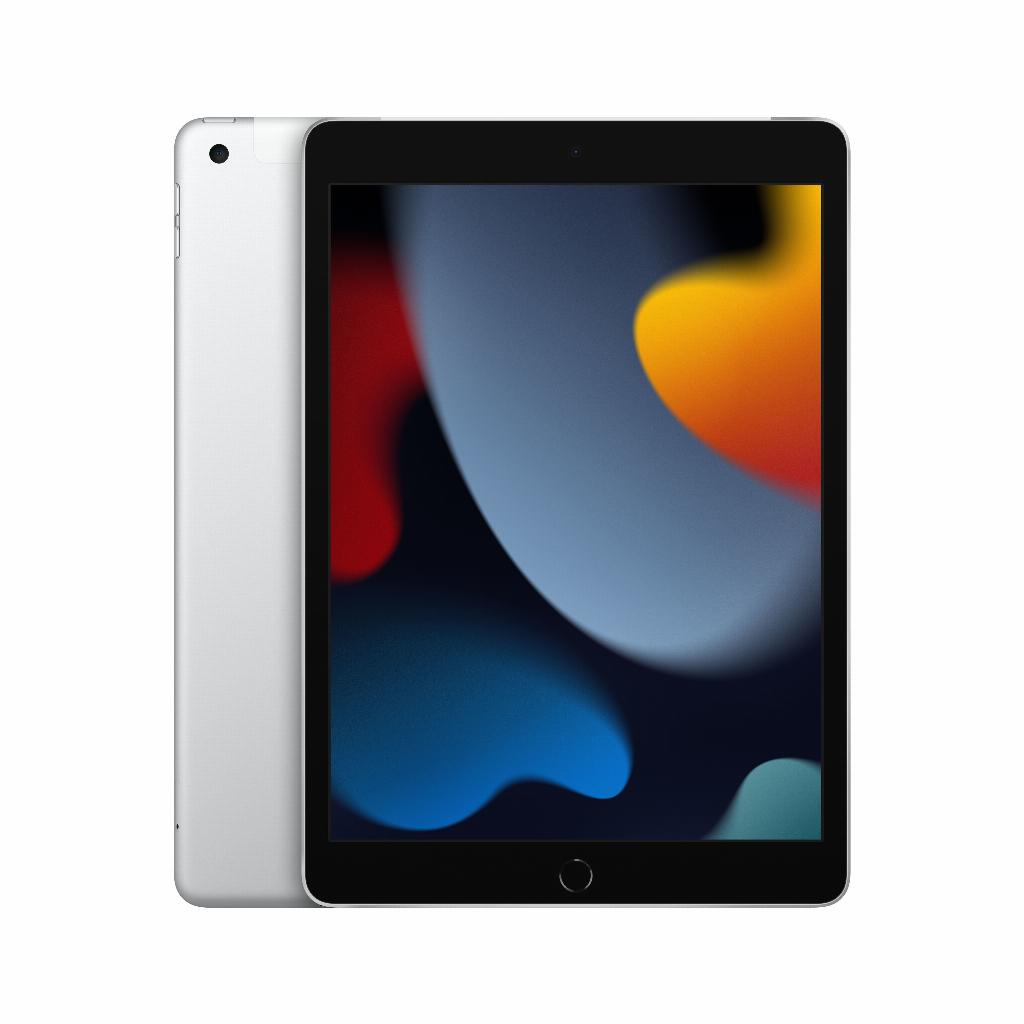Ten Years of iPad Evolution: From Revolution to Evolution
From clunky beast to feather-light workhorse. You'd think each new generation was a revolution. But here's the thing: true breakthroughs were rarer than Apple would have you believe. Between 2010 and 2020, fifteen different iPad models were released, but only a handful offered truly groundbreaking innovations . The rest? Marginal improvements that mostly hit the wallet.
Yet, it's precisely that seemingly slow evolution that's the secret to its success. By taking small steps, the iPad remained accessible to new users and Apple kept loyal customers hanging on with just the right amount of innovation. From that first clunky tablet without a camera to the current Pro with its dual lens and modern accessories like the Apple Pencil – we'll take you through the timeline of expectations, disappointments, and surprises.
Useful links
The development of the iPad offers a fascinating journey through ten years of technological evolution. From the first clunky model without a camera to the current Pro versions with advanced features, each generation brought its own improvements. But not every update was equally revolutionary. Between 2010 and 2020, fifteen different models were released, only a handful of which introduced truly groundbreaking innovations.
The beginning: first generation (2010)
The very first iPad was released in 2010 with a 9.7-inch screen and a weight of 700 grams. This first model was only available in silver with a black border. You could read books, listen to music, email, and browse the internet on it. The biggest drawback? A camera was completely missing. In retrospect, a striking choice for a device that focused on communication.
First big step forward: iPad 2 (2011)
A year later, the iPad 2 arrived with significant improvements. The device became thinner, lighter, and more powerful. The most important addition was dual cameras, finally enabling photography and video calling. This second generation addressed many of the original's teething problems.
Retina Revolution: Third and Fourth Generation (2012)
In early 2012, Apple introduced the third-generation Retina display. This super-sharp screen represented a huge leap in viewing quality. The processor became faster, and the camera improved.
Less than six months later, generation four followed. The most significant change was the switch from the wide 30-pin connector to Lightning. For the first time, you could choose from multiple colors: space gray, gold, or silver.
As light as a feather: iPad Air series (2013-2014)
The 2013 iPad Air marked a new direction. This model was noticeably lighter and thinner than its predecessors, with a significantly faster processor. It was available in silver with white or gray with black.
The second-generation Air followed in 2014, with Touch ID as its main innovation. This allowed you to unlock the device with your fingerprint—a feature that seems obvious today but was innovative at the time.
Professional ambition: iPad Pro (2015-2020)
In 2015, Apple launched the iPad Pro for professional users. With a 12.9-inch Retina display, it was the largest model yet. Four speakers provided superior sound. The Smart Connector allowed for the addition of a keyboard. The Apple Pencil and a rose gold color option were also released at the same time. A more compact 11-inch version was also released half an hour later.
The Pro line was updated in 2017 with True Tone technology for more natural colors and a higher refresh rate. In 2018, a complete redesign followed without a home button, similar to the iPhone X. Face ID replaced Touch ID and the Liquid Retina display got rounded corners. Apple also switched to USB-C.
The 2020 version introduced improved cameras, including a dual-lens setup. This enabled advanced augmented reality applications.
Back to basics: standard iPad (2017-2019)
After a five-year hiatus, the 'regular' iPad returned in 2017. The fifth generation was as light and thin as the Air models, with a 9.7-inch Retina display and Touch ID.
The sixth generation from 2018 was the first non-Pro model to support the Apple Pencil. The seventh generation (2019) ditched the 9.7-inch format. Narrower bezels kept the device compact despite the larger screen.
Compact powerhouse: iPad Mini timeline
The iPad Mini deserves special attention. This 7.9-inch model debuted in 2012 as a handy alternative. The Mini 2 (2013) received a Retina display and a faster processor. Starting with the third generation (2014), Touch ID was standard.
The 2015 Mini 4 became even thinner without any other major changes. After a four-year hiatus, the fifth generation arrived in 2019. This model performed just as fast as the latest Air—impressive for such a compact device.
Review: Evolution versus Revolution
Looking back over ten years of iPad development, it's striking that true breakthroughs were few and far between. The Retina display, Touch ID, the Pro line with Apple Pencil, and the new design without the Home button—those were the true milestones. The rest consisted mainly of incremental improvements.
Yet, this steady evolution is precisely the secret to its success. By taking small steps, each model remained accessible to new users. At the same time, existing customers received just enough innovation to maintain their interest. From a cumbersome behemoth to a featherweight workhorse—the transformation was gradual but undeniable.
For buyers today, this means that even older generations often still perform perfectly. An iPad Air from 2019 or a standard model from 2018 offers more than enough functionality for many users. The latest Pro models are particularly interesting for specific professional applications or those who want the very latest.
The power of incremental progress
Ten years of iPad history teaches us that technological progress doesn't always have to come in leaps and bounds. Most generations brought modest improvements, but it was precisely that steady evolution that made the iPad what it is today: a mature product that offers a suitable model for every user.
Whether you choose an affordable base model or a Pro with all the bells and whistles, the fundamental quality remains. Even older generations perform perfectly for everyday use—a sign that Apple's incremental approach ultimately proved to be the right choice.


